The main difference in Western and Eastern views of physiology

Both Western and Eastern ways of thinking recognize that it is essential for the body to maintain a state of internal equilibrium when it comes to physiology. In Western medicine, this is called homeostasis. Homeostasis functions kind of like a sophisticated thermostat that maintains temperature within set limits – if the room gets too hot, it turns on the air conditioner; if it gets too cold, it turns on the heat. The human body works the same way, maintaining the state of internal equilibrium on the levels of body temperature, nutrient concentration, oxygen/carbon dioxide levels, body fluid volume, waste product concentration, and blood pressure. There is a constant push-and-pull going on between the opposing forces as the body adapts and readjusts itself to the changing internal and external environment.
The Western tradition divides the body into organ systems that have specific missions and perform coordinated activity. This makes it easier to study and understand what’s happening on the level of physiology. You could call it a “zoom-in” approach – to understand something, you first zoom in from the level of the entire organism to the organ system (circulatory, respiratory, digestive, and so on), then, if necessary, to the specific organ (heart, lungs, stomach, etc.)
The Western tradition also recognizes that although the body is made up of different systems, it functions as a unit. This means that several organ systems are involved in every aspect of the homeostatic balance and they need to be coordinated in their responses. However, when some part of your physiology begins to malfunction, you are usually referred to a specialist who has one dominant area of expertise. If your hormones appear to be out of whack, you go see an endocrinologist; if your heart is not working properly, you go see a cardiologist; if your digestion seems funky, you are sent to a gastroenterologist; and so on. This means that when you do not know exactly what is going on, you might have to bounce between specialists. When somebody is zoomed in on a specific problem within a specific organ system, it can be rather hard to see the big picture of how it fits within the entire physiological state.
The Eastern pattern of thought also recognizes that the state of internal physiological balance is essential and is dependent on the interplay of opposing forces. A.G. Mohan writes: “To maintain health, the functioning of any body part or system must fall within a certain range of intensity.”(3) However, in the yoga tradition, we usually take the “zoom out” approach and try to see how a specific issue fits into a pattern of physiological imbalance throughout the entire system. That is why, instead of dividing the organs into systems based on their function, the yoga tradition instead focuses on the movement of nourishment throughout the system. It recognizes that for the body to be alive and healthy, you need to take nourishment in (in the form of food, water, or experiences), then you need to process it somehow, distribute and absorb the nutrients, eliminate waste, and as a result heal, grow and evolve. Multiple organ systems are involved in each aspect of this process. If something begins to malfunction, the first question you ask is not which organ system is affected (circulatory, digestive, immune, respiratory, etc.), but which direction of movement are you having trouble with (taking stuff in, processing it, distributing it, eliminating it or growing from it).
It is said that there are specific currents of energy that guide each one of those directional movements and there are specific strategies you can employ to facilitate healing. This approach is called The Panchavayu model and it can be very effective in understanding and addressing physiological imbalances.
There are other yogic and Ayurvedic models that can be used to address physiological imbalances:
- Gunas (Sattva/Rajas/Tamas)
- Doshas (Vata/Pitta/Kapha)
- Vital essences (Prana/Tejas/Ojas)
- Chakras
- Excess/deficiency model (Brhmana/Langana)
- Warming/cooling model
The choice of an appropriate model will depend on the type of manifested imbalance. All of those models are non-invasive and substance-free; they take into account the whole body. They can be used in conjunction with traditional medical treatments and usually have no side effects. However, to employ those models effectively, you would need to make a mental shift from thinking about “fixing a problem” to thinking about “restoring balance”.
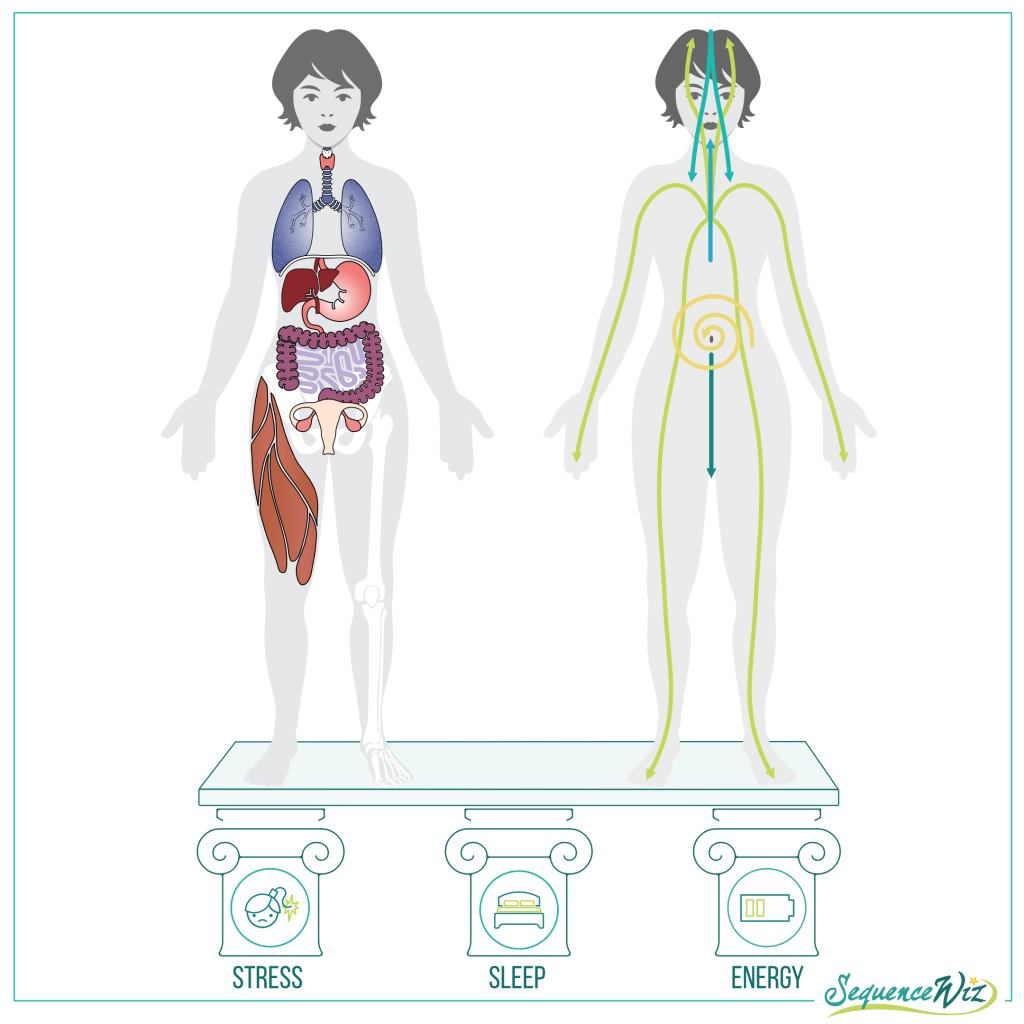
Whether you choose to look at your physiology through the Western or Eastern lens, both of those approaches rest on the foundation supported by three pillars of physiological health: stress, sleep and energy.
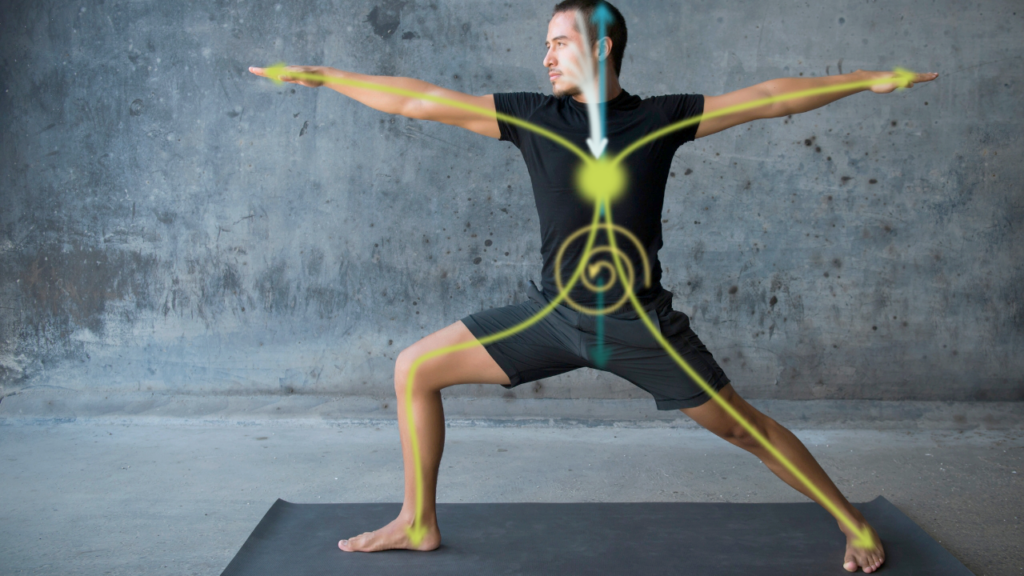
The yogis have developed a sophisticated system for understanding the movement of nourishment throughout our bodies and put it all together in the Pancha Vayu Model. The Pancha Vayu model describes the movement of vital force, or prana, via the five main energy currents.
References
1. Barron’s Essential Atlas of Physiology
2. F.H. Martini Fundamentals of Anatomy and Physiology
3. A.G. Mohan Yoga Therapy: A Guide to the Therapeutic Use of Yoga and Ayurveda for Health and Fitness

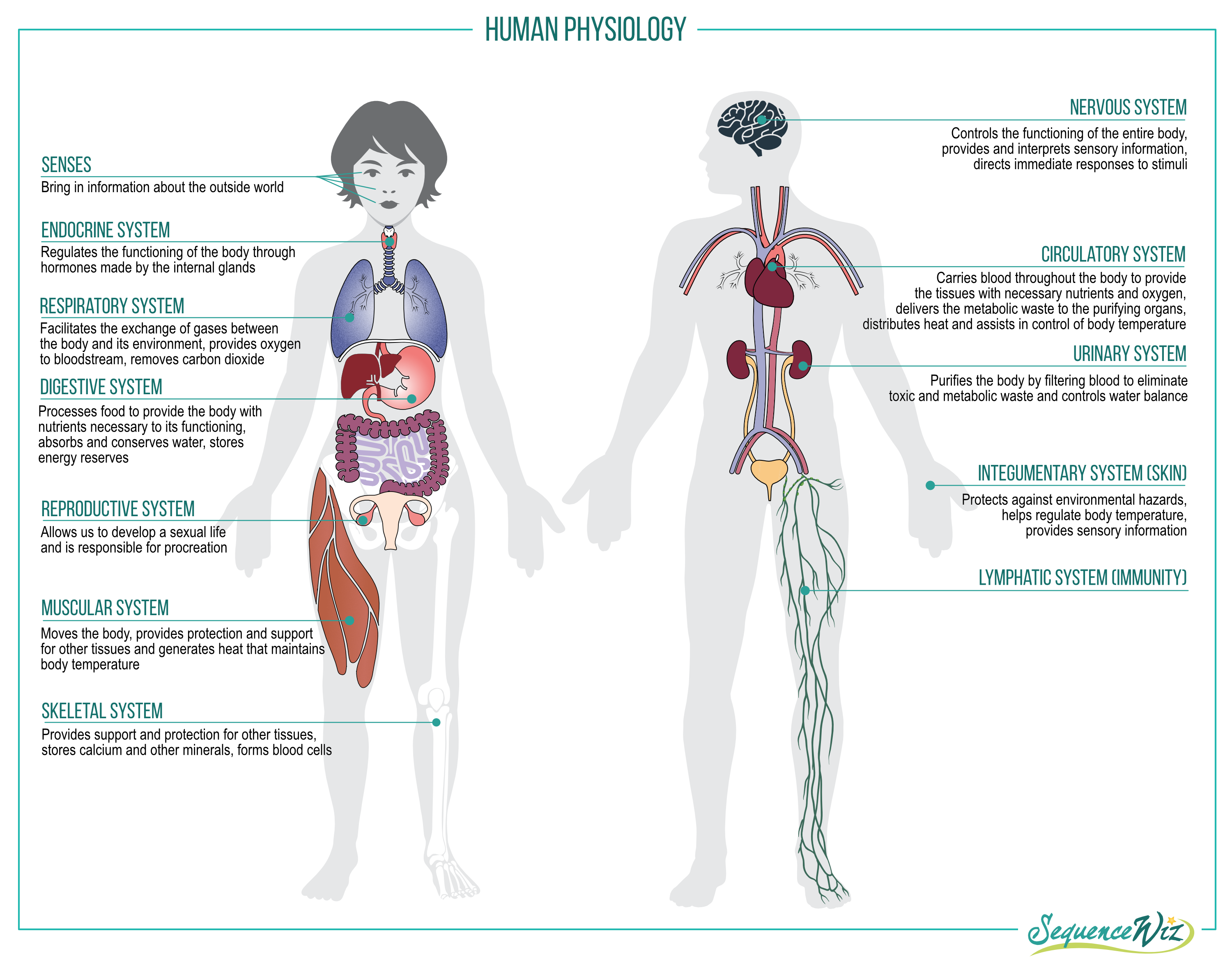
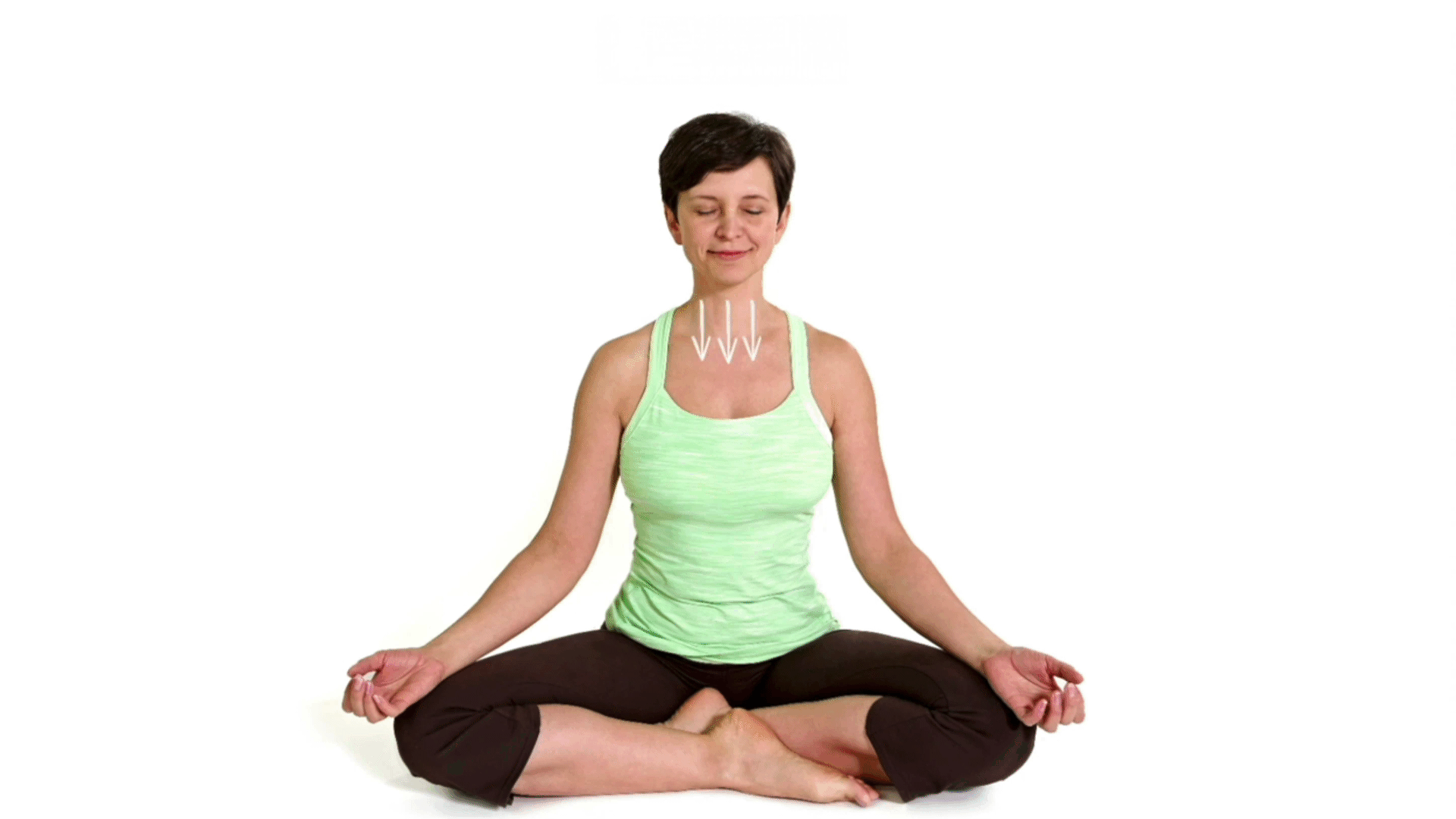
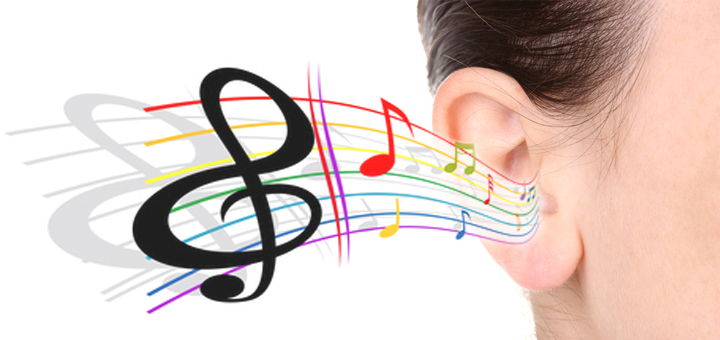
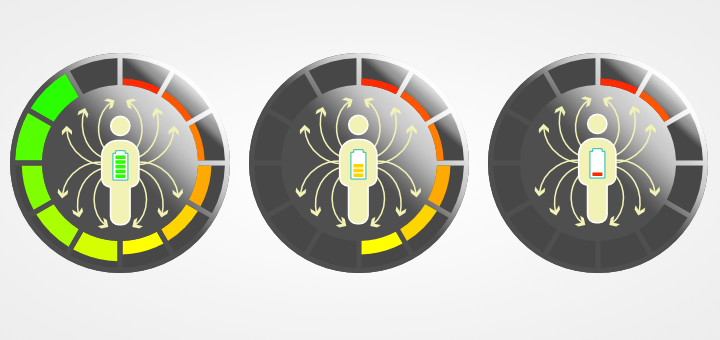







A lovely and clear overview of both systems!
Very comprehensive and extremely important to keep in mind that sleep and stress which rob us from needed energy are mostly the culprit in most dis-eases. Thank you.
Fantastic overview. Thank you.
Alison and Marie – exactly my sentiments as well! Thanks, Olga!
Thanks Olga really interesting post. I look forward to learning more!
Thank you Olga for sharing all and educating us on all principles of yoga philosophy, your articles are well written and I’m learning so much about the yogic way of life. Thank you. I also watch and practice your dvd’s.
Namaste South Africa
Very good articulation of the different approaches – thank you
Hari Om Olga ji
My pranams to you for having so very clearly and simply introducing this very suble subject.
How absolutely true! ‘ Sum of the parts does not amount to the whole’. This applies to all living beings.
There is that ‘something’ that ‘adds up’ to makeup the ‘whole’.
That ‘something’ we call by various names…..lifeforce…prana…..chi………..
Science and technology will never ever be able to perceive that ‘something’ which actually accounts for the ‘wholesum’.
Yogicly Yours
Abhinandan
Thanks much for your insight. Have a nice day.